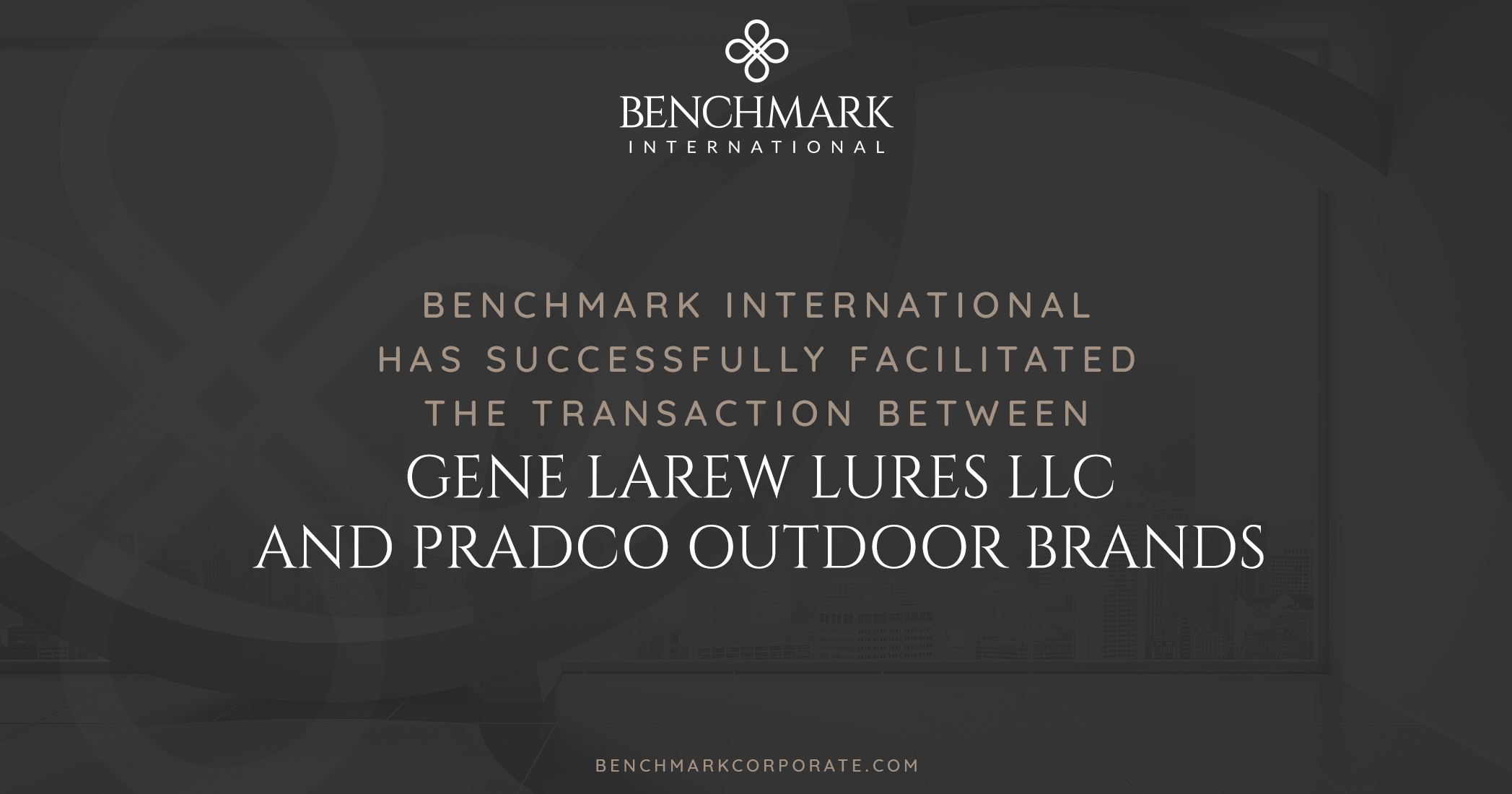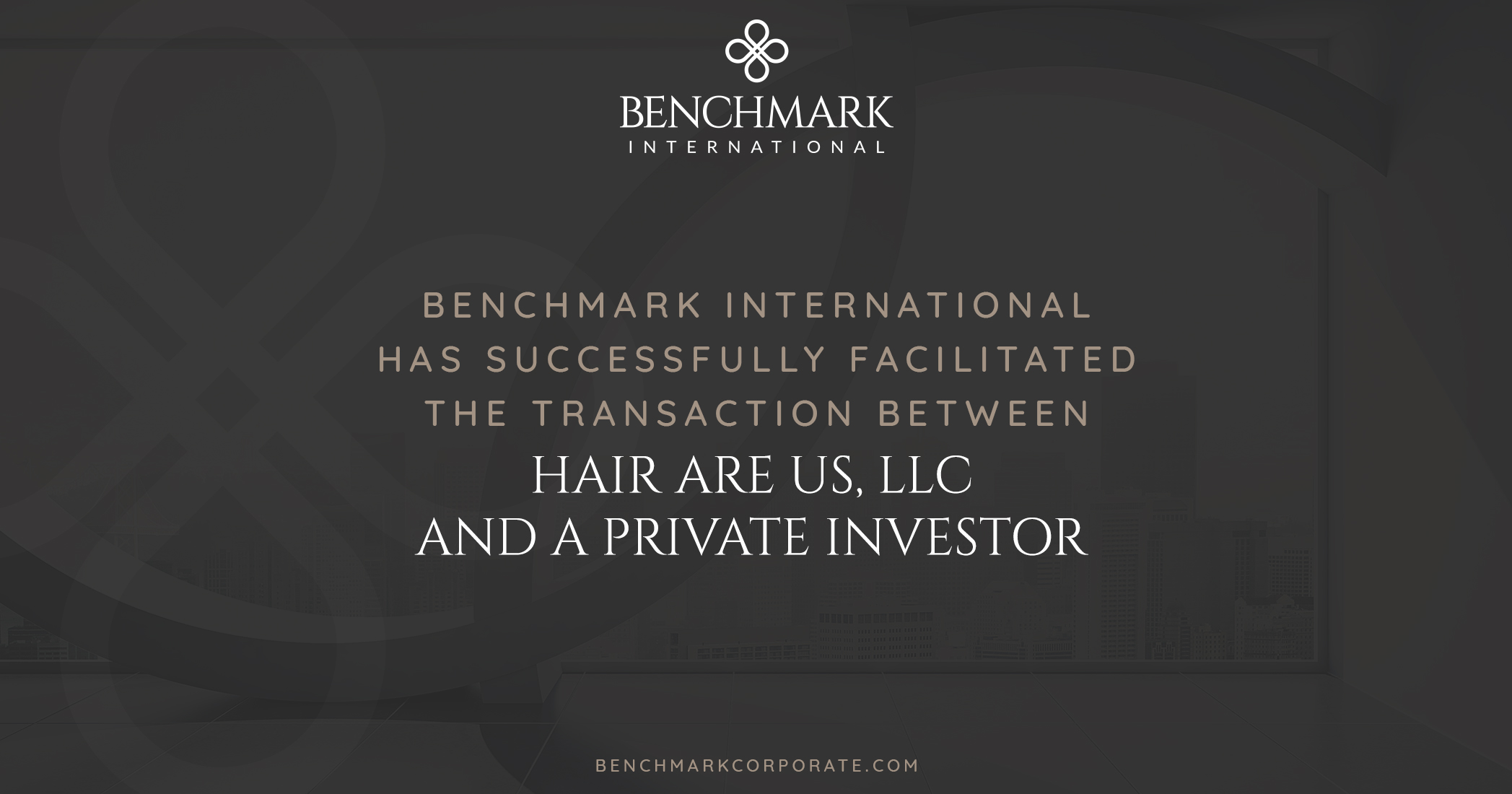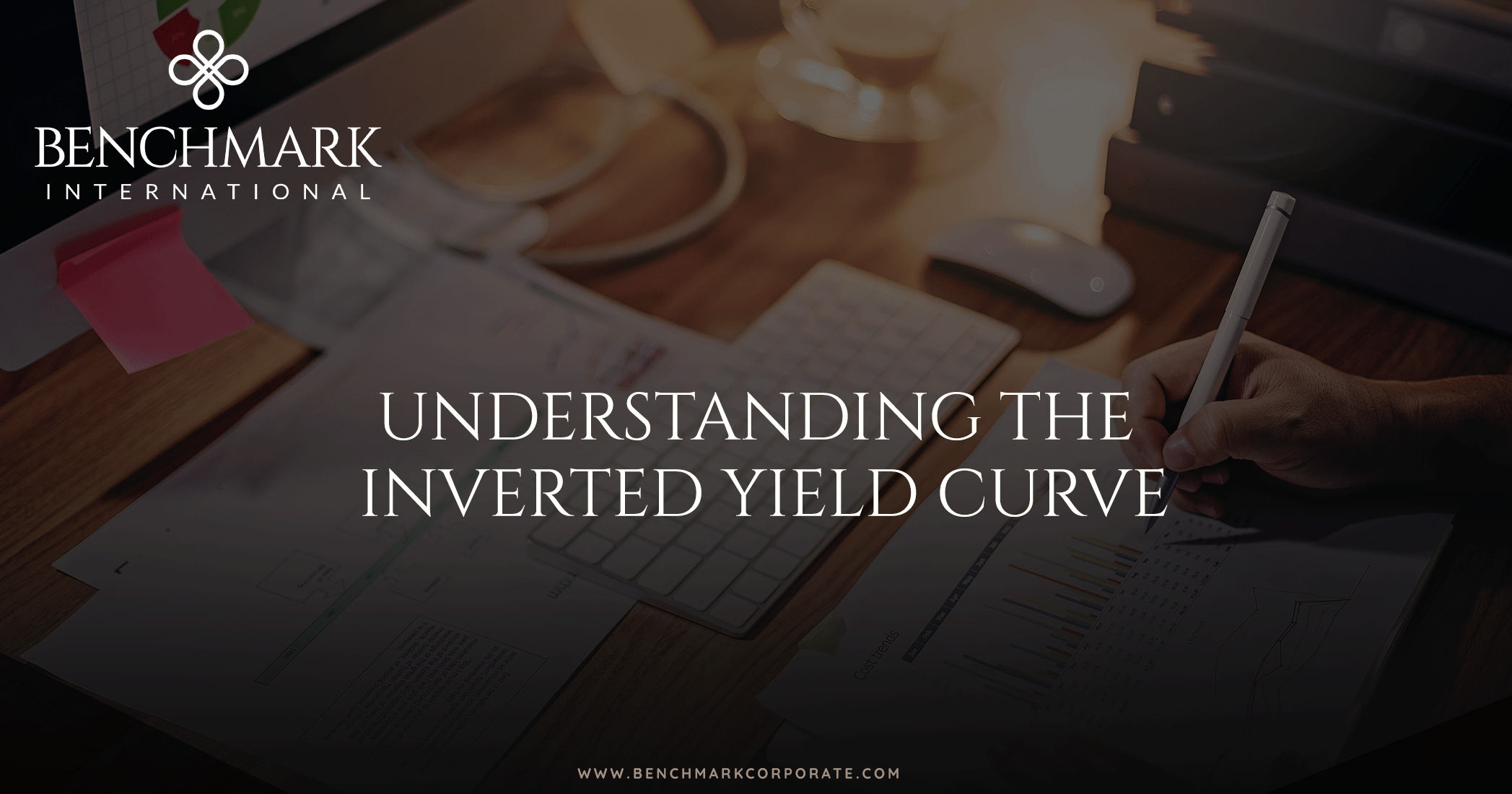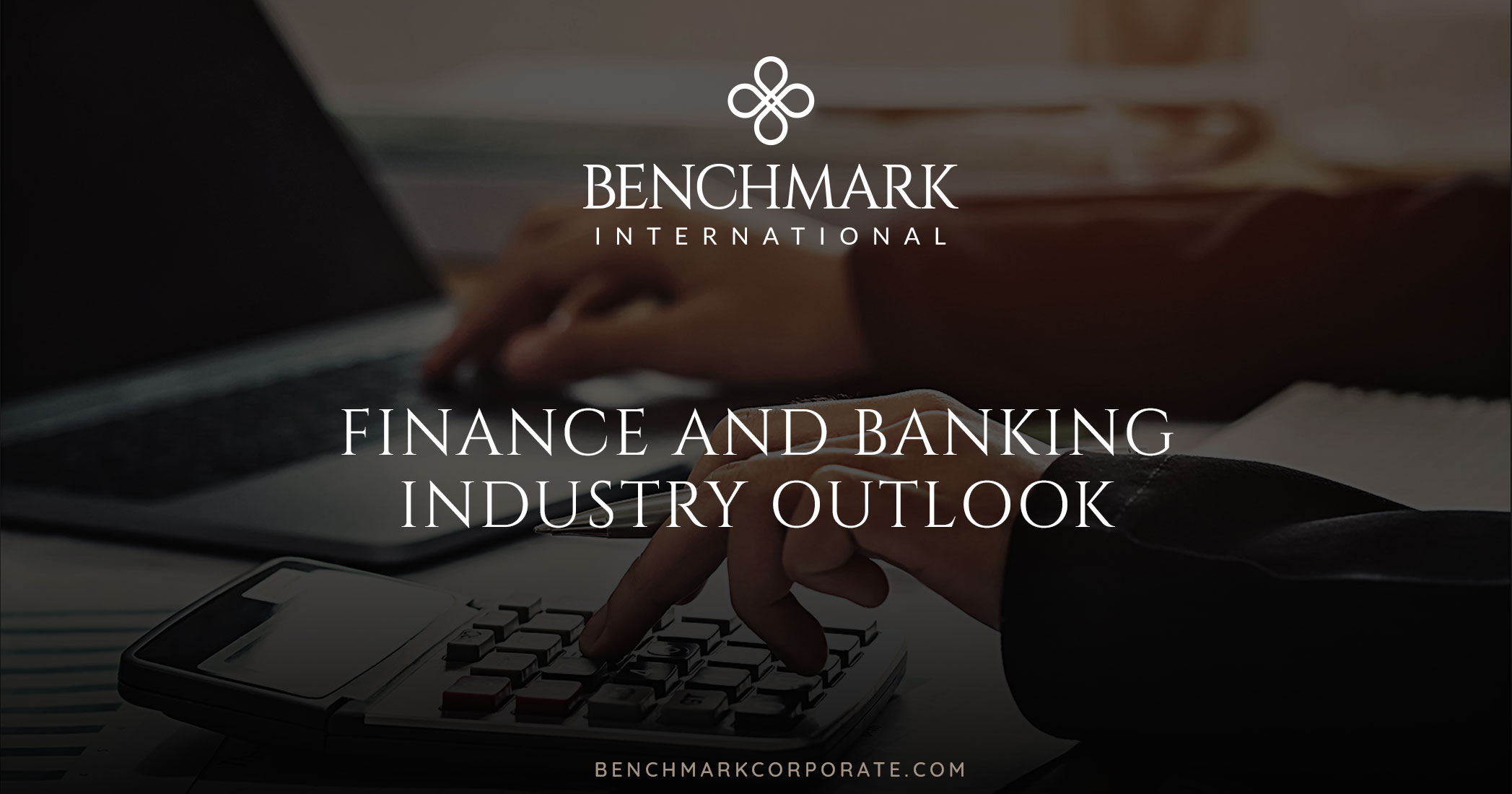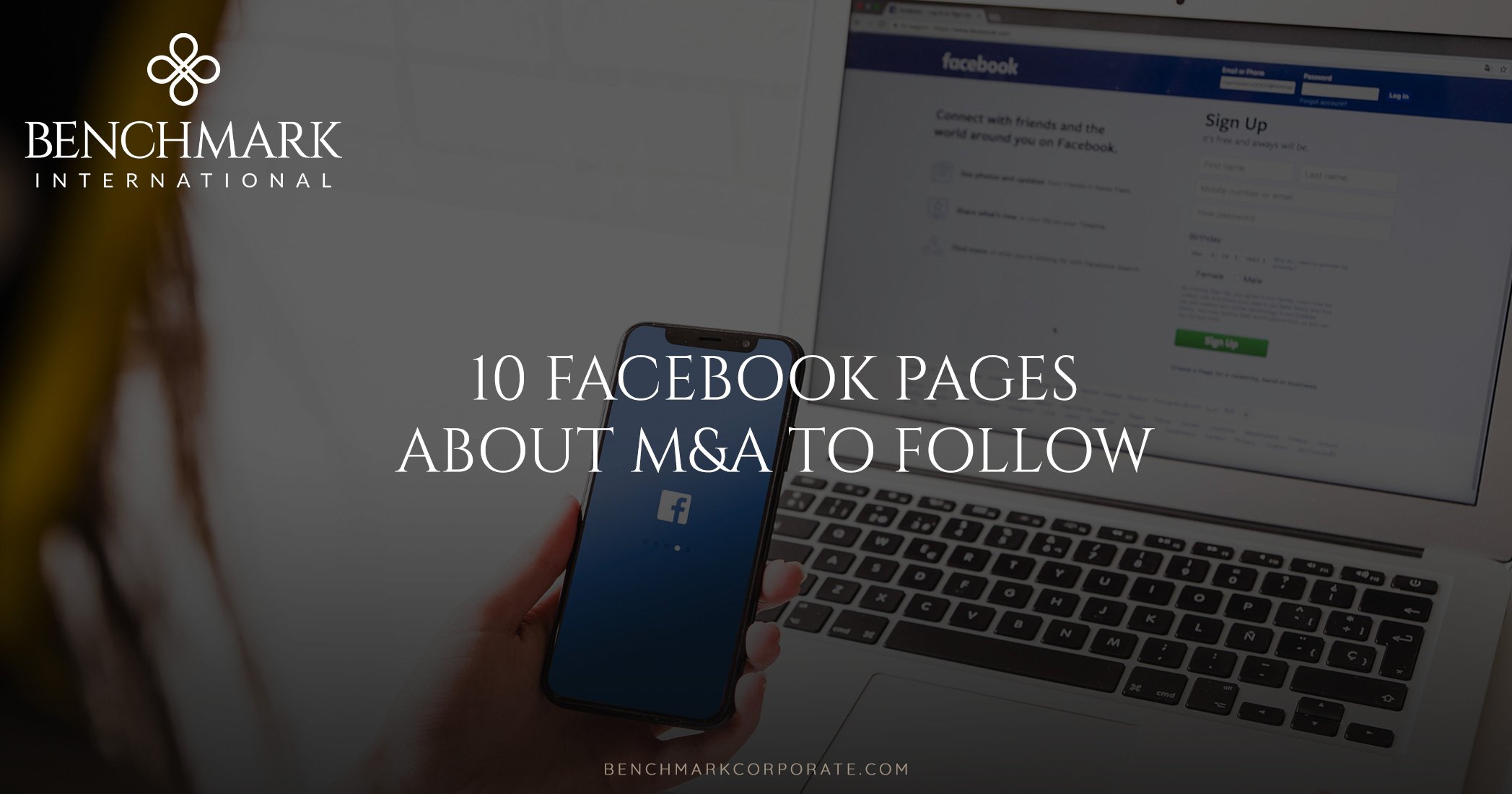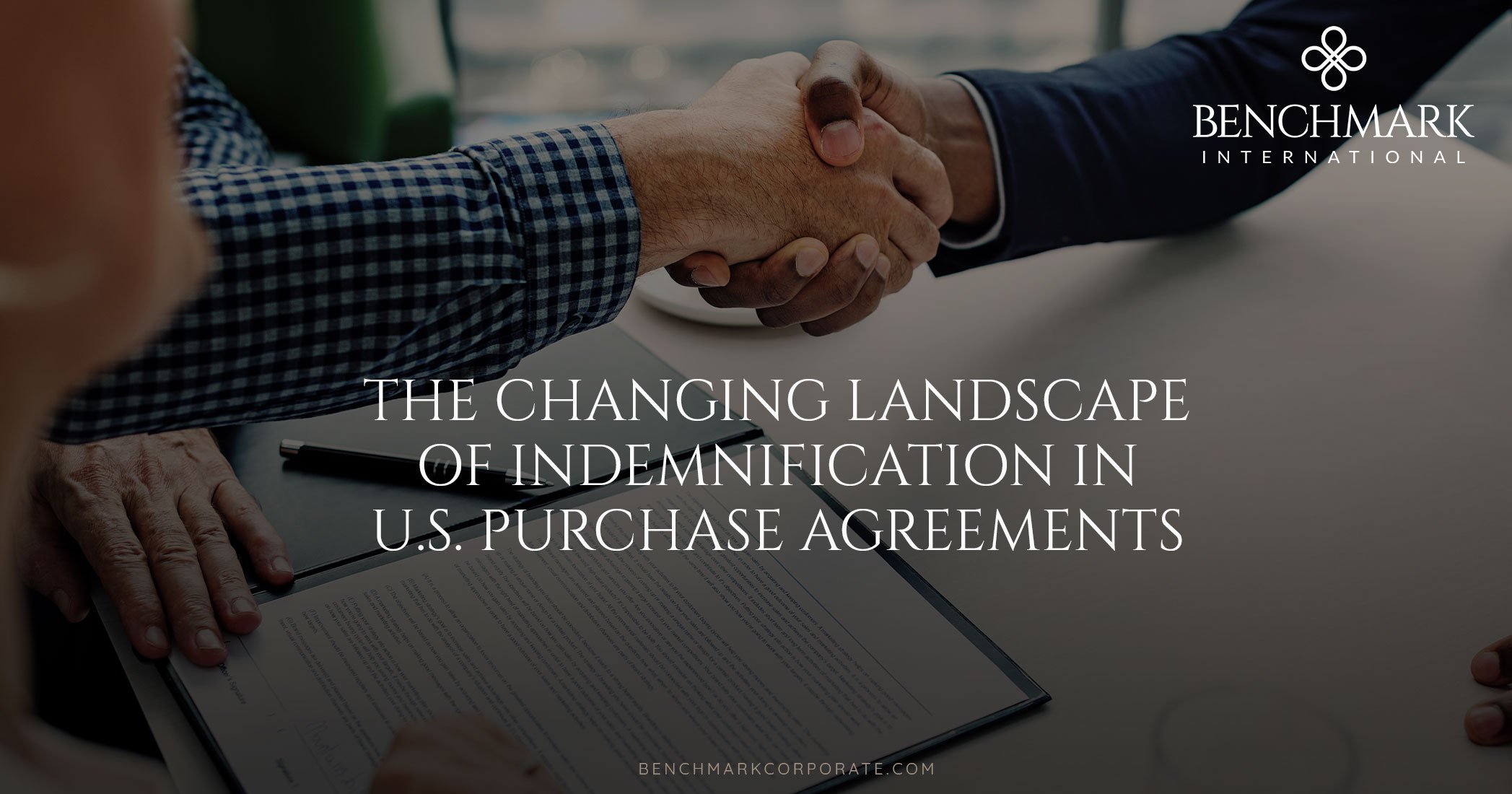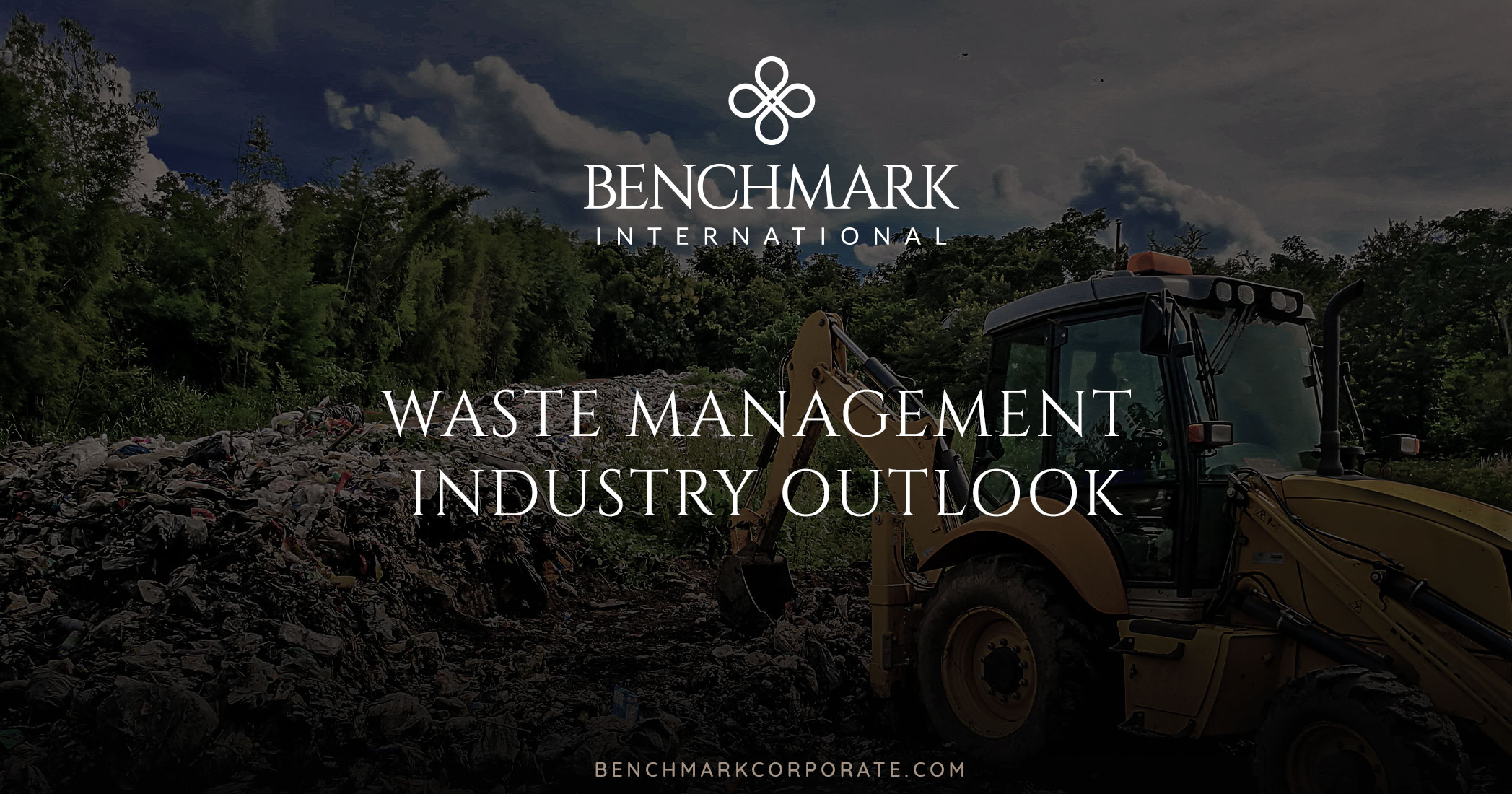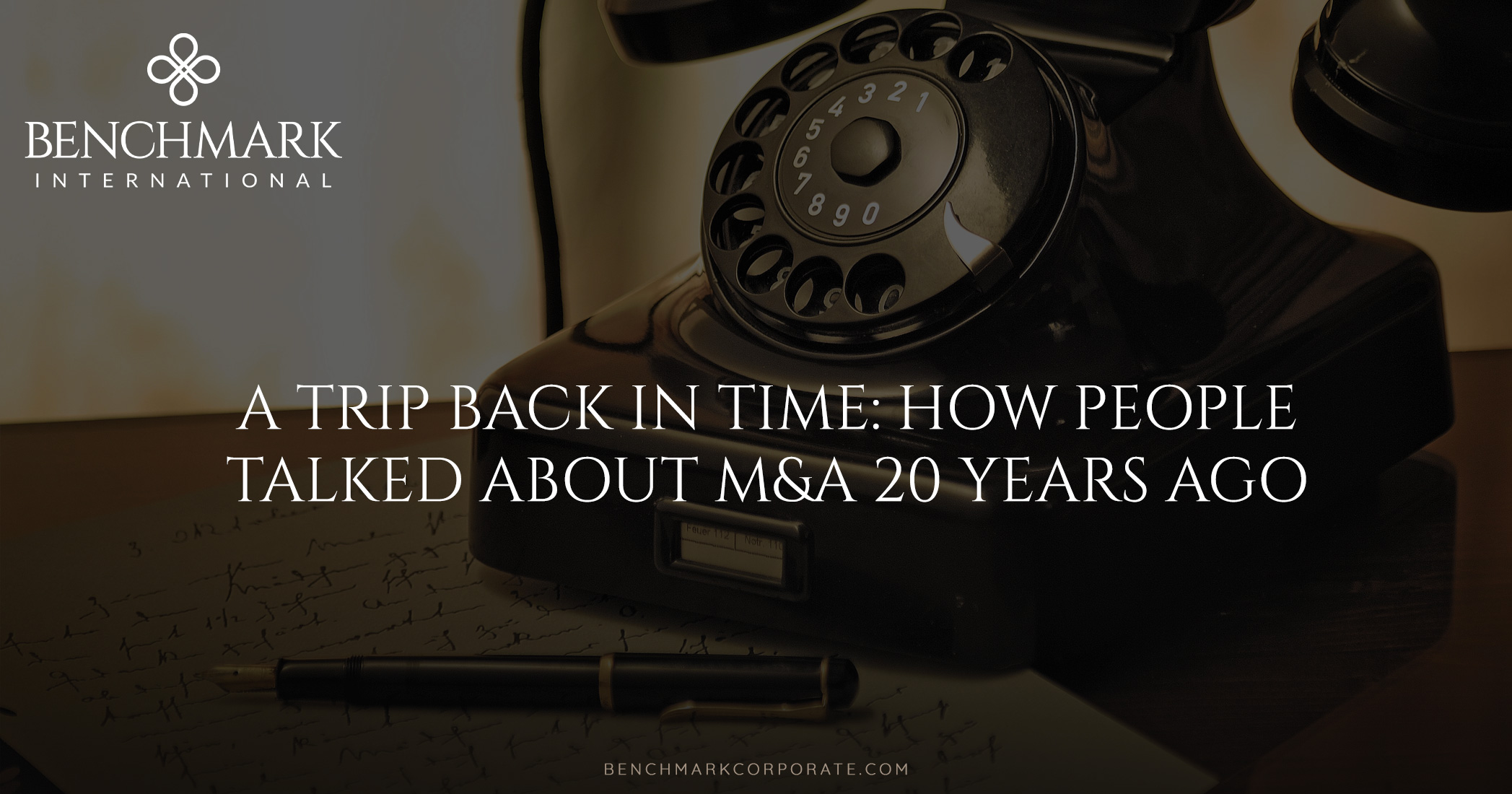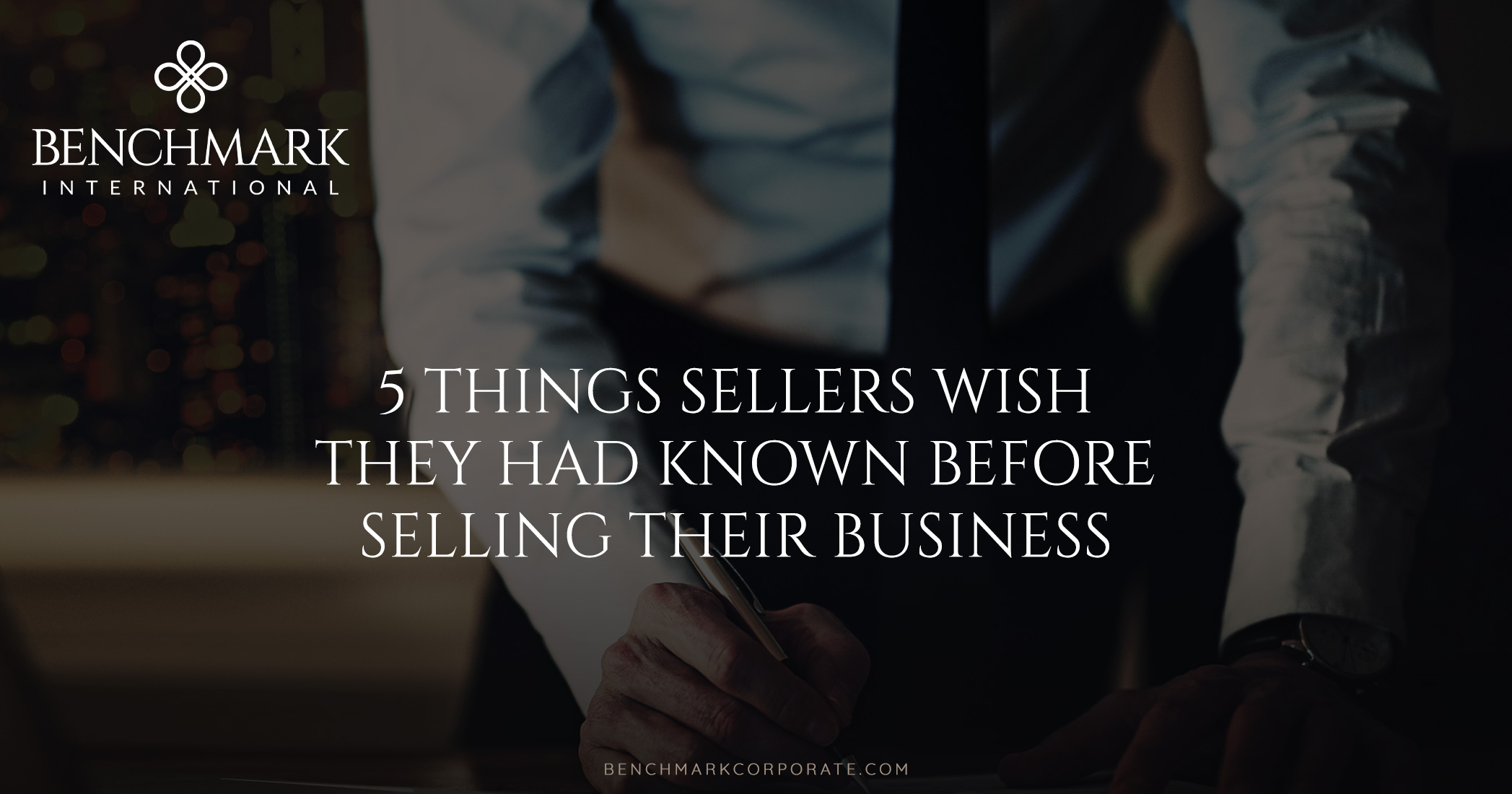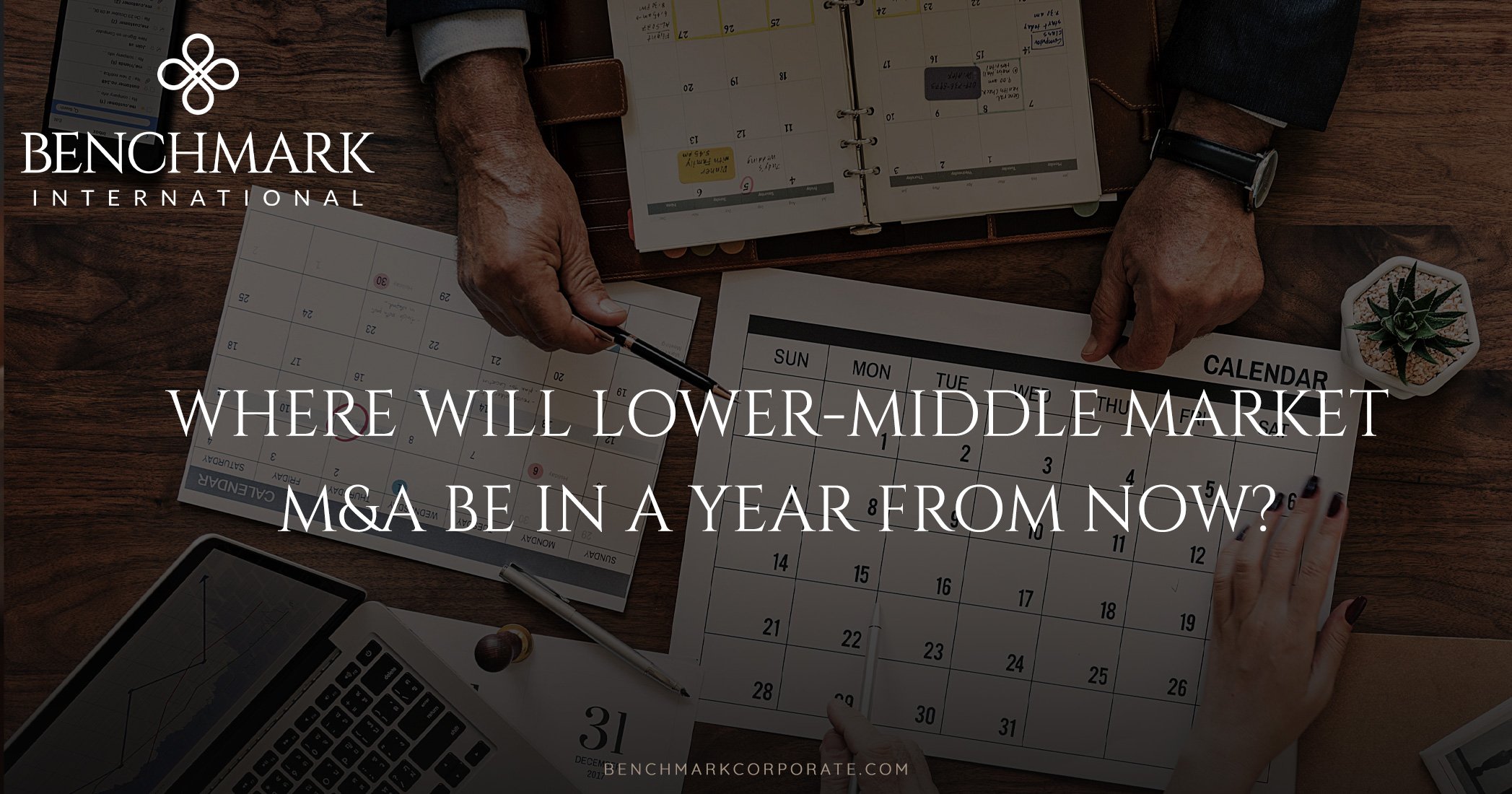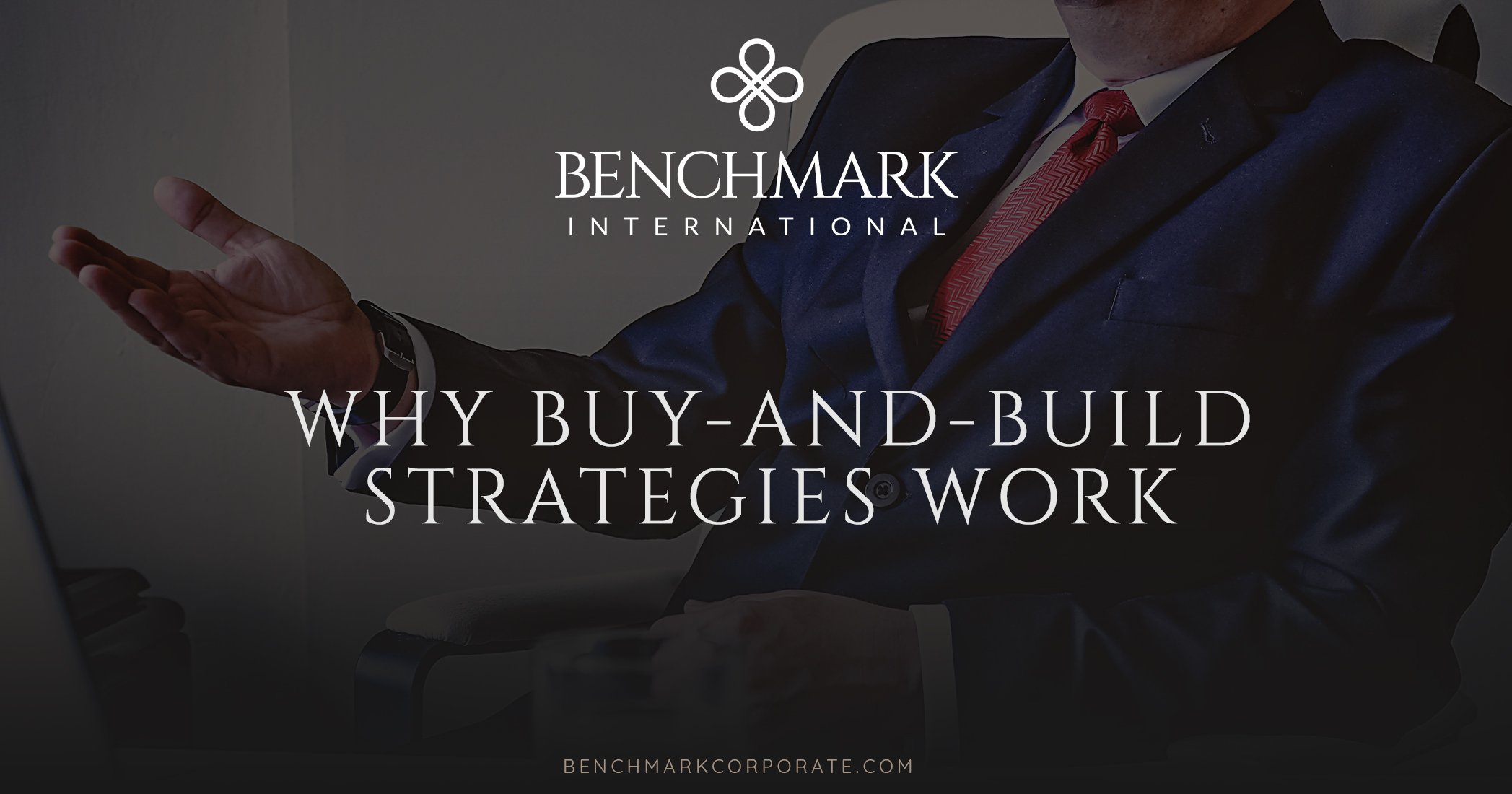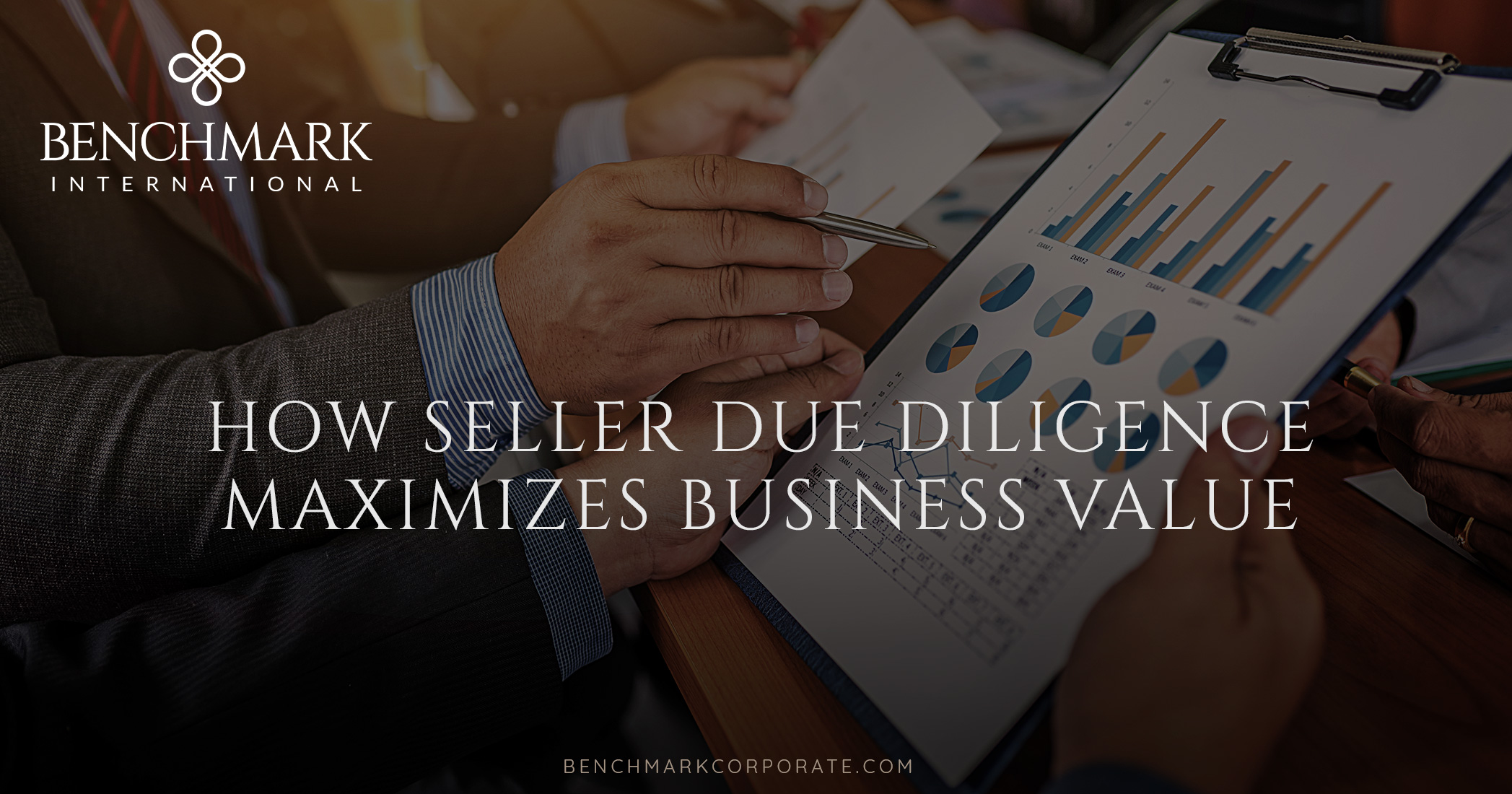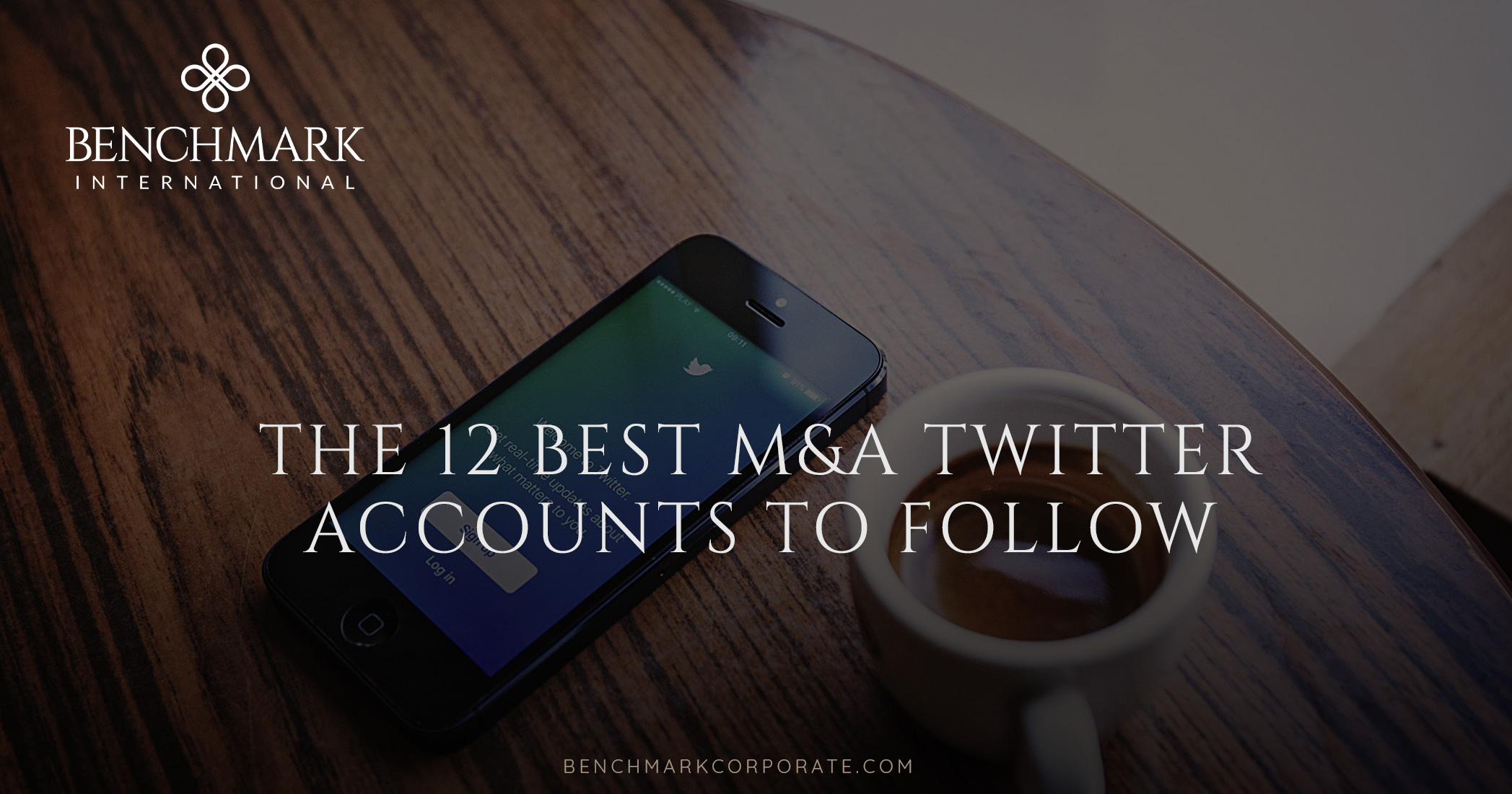Waste disposal and recycling companies provide essential services to global communities, giving this sector a relatively high level of resistance to changing economic cycles. Urbanization, increasing populations, and consumer spending drive the ever-growing demand for waste and recycling services.
By the year 2050, global waste generation is expected to rise from 2.01 billion metric tons to 3.40 metric tons - an increase of 70%.
Of the massive amounts of waste created globally, less than one third of it is recycled. Canada and the United States lead the world in waste production, followed by Europe.
The management of sustainable materials, including recycling, can help conserve resources, reduce waste, and minimize the environmental impacts of materials. An increasing number of regions of the world are using sustainable management practices for regulation. National governments are developing long-term strategies that assess their country’s current waste situation and are setting targets for recycling, sustainability, citizen awareness, and rehab of contaminated sites. There is also a movement in low-income countries toward better recycling, and waste disposal in controlled or sanitary landfills.
Environmental Consulting
A sub-sector of the environmental services industry is environmental consulting. Environmental consultants ensure company compliance with environmental regulations.
With the world’s heightened focus on environmental issues, this global market continues to expand. A relatively small group of firms dominates this market. In order for other firms in this industry to remain competitive, they need to focus on specialized expertise, targeted M&A activity, and dependable client relationships.
Waste and Recycling M&A
In the waste and recycling sector, mergers and acquisitions activity is stimulated by quality and consolidation. Positive debt financing and public equity performance drive M&A valuation higher for waste and recycling companies. Investing in waste management and remediation is especially attractive to private equity for several reasons, including:
- Lower risk through essential services
- High barriers to entry
- Demonstrated track records
- Modest capital investments outside the recycling sector
- Large number of industry players
From a seller perspective, you should be aware of the three most common considerations for M&A deals in this sector.
- The buyer’s strategic rationale: Does the transaction tap new markets, complement existing markets, or deliver new service offerings?
- The health and growth of the target company: Does it have favorable contracts and strong assets that will not require a significant infusion of capital?
- The company’s management team: Can the buyer be confident in a smooth transition and a good post-acquisition relationship?It is not uncommon for waste management companies that have more impressive management teams in place to garner higher valuations.
Owners should focus on removing any uncertainty surrounding their company. In the months leading up to a possible sale, contract negotiations are key. Owners should also be aware of the possibility for anti-trust issues to arise, even when the geographic impact is limited to a single local area. These issues can impact the timing and outcome of a deal so an anti-trust risk assessment should be conducted prior to going to market.
When to Sell
As a seller of a waste management company, determining when to sell can be a difficult decision, but certain factors should be considered.
- Are contracts secure with favorable terms?
- Are revenue streams are diverse and trending positive?
- Is the fleet is in good condition?
- What are the conditions of the market?
Procure M&A Experts
Company owners in this sector who enlist experienced M&A advisors are less likely to leave money on the table in a sale. It is important to choose the right buyer, get proper valuation of the business, and exit at the right time.
Industry lenders have reported that there are many more unannounced deals in the waste industry than those anyone hears about. For this reason, it makes perfect sense for a buyer to partner with an expert to seek viable acquisitions. The waste industry is highly fragmented and, other than the top three major players, most companies post less than $20 million in annual revenue. Typically, they do not have the knowledge or bandwidth to blindly jump into the M&A market. The right M&A advisor can identify quality companies not being offered on the market and negotiate a successful sale.
Contact Us
If you are thinking that the time has come to sell your business or to formulate a growth strategy, contact us at Benchmark International today. Whether you are in the waste industry or any other industry, we can connect you with the right buyer. Our approach is proven to get results that exceed our clients’ expectations time and time again.
READ MORE >> Benchmark International
Benchmark International  Benchmark International
Benchmark International 








